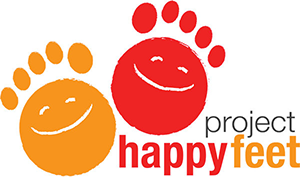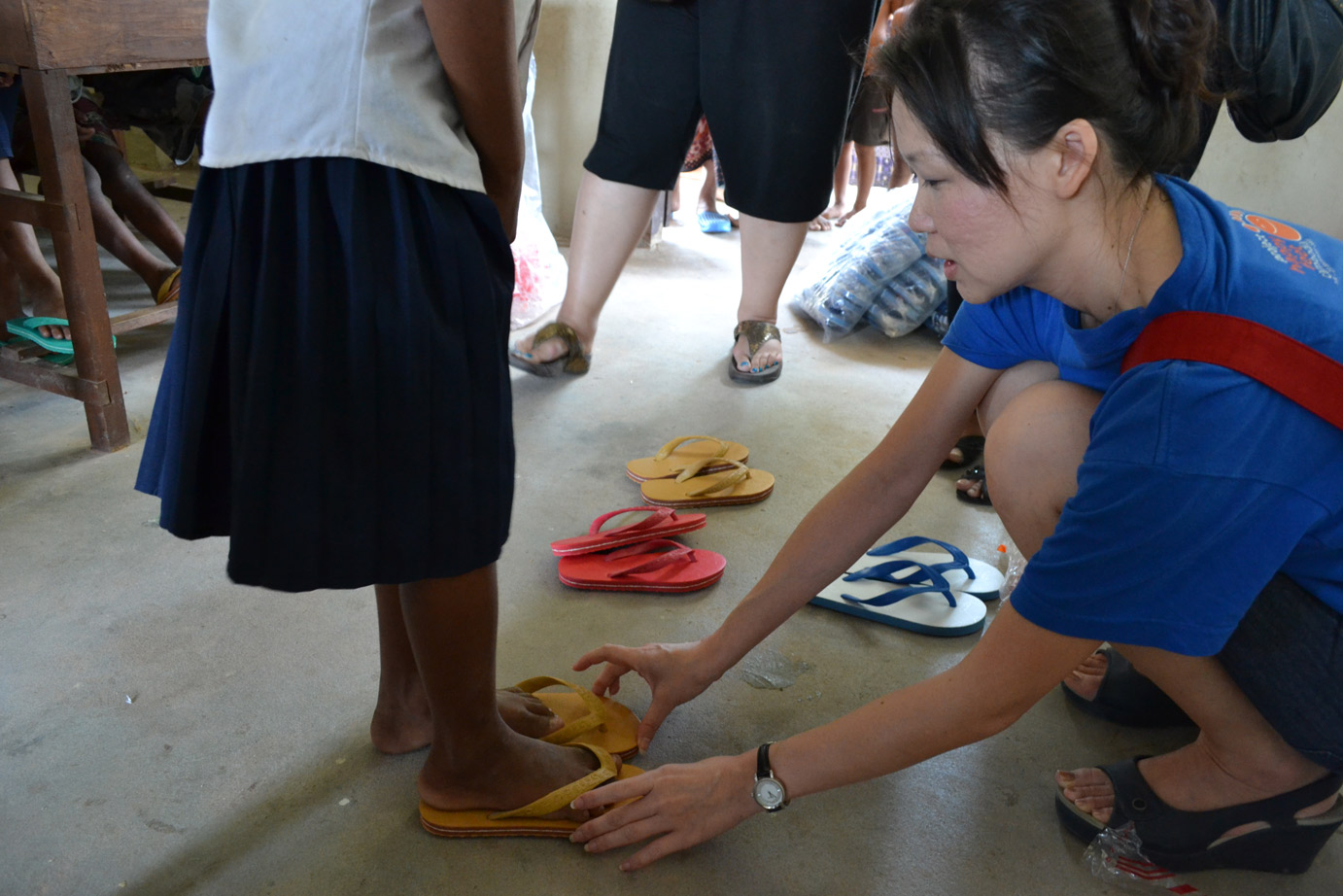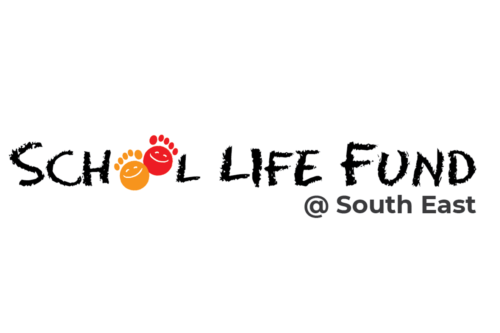 “I think size 8,” Deborah calls out, and Grace quickly unwraps a smaller pair of slippers. The other pairs on the floor are sizes 8 and a half, or 9 – too big for this little girl standing before them with her toes wriggling gingerly in anticipation. She’s been watching the other kids get their pair and awaiting her turn.
“I think size 8,” Deborah calls out, and Grace quickly unwraps a smaller pair of slippers. The other pairs on the floor are sizes 8 and a half, or 9 – too big for this little girl standing before them with her toes wriggling gingerly in anticipation. She’s been watching the other kids get their pair and awaiting her turn.
Deborah fits the pair of slippers on, and though this is not your regular Cinderella fairy tale, it feels equally magical to see her little eyes light up. A perfect fit!
“Aw-kung,” the little girl shyly whispers the Khmer word for ‘thanks’ with her palms together, and with a quick bow of her head, runs back to her seat…
Project Happy Feet had returned to Siem Reap, Cambodia in June 2011. Like previous trips to Siem Reap and Hanoi, the team brought money raised through its fund-raising efforts to support education-related programmes run by local NGOs. And of course, to buy slippers for school-going children without footwear.
So prior to visiting Sambour Primary School in the Angkhor Thom district supported by Shinta Mani, the team made a trip to Psar Ler (‘All-Market’) with a list of feet sizes and a matching quantity to buy 130 pairs of slippers with all the money collected by staff members of Robinsons in Singapore.
The next morning, in no more than an hour, the 130 pairs of slippers were given out to all the students of the school who came from within 5km – all of them barefooted.
Indeed, giving slippers has become an easy way for us to communicate what Project Happy Feet does (and what a great way to start the whole conversation about giving aid to the underprivileged in developing countries). Afterall, that is how Project Happy Feet started in the first place – with an inspiration to have every little pair of school-going feet covered and protected on their way to getting an education, which hopefully helps them get out of the poverty cycle. And truth be told, slippers – along with other school supplies like uniforms, stationery, scholarships, nutritious meals and bicycles – are still very much appreciated and needed. And they go a long way in giving relief.
But we all know that slippers and other gifts are really just short-term relief.
To alleviate the problems of poverty, we know the community needs to carry out sustainable programmes that empower themselves through capacity-building. They need to find a way to work together amongst themselves and with their government towards being self-reliant and independent of foreign aid.
And that’s why apart from giving out slippers, we’re really all about supporting organisations that have sustainable programmes that make real impact. We want to know what the community really need, and find a way to help them, not just give for the sake of giving.
On this trip, we’re glad to have met with several organisations that seem to fit what we are looking for, many of which have great programmes that are sustainable and create real impact.
For instance, This Life Cambodia has clear 3-year plans to help the community take ownership of their own problems, and supports them by teaching them how to lobby and press the government for accountability. It even has an exit strategy so that the organisation can diminish its own presence within the community over time.
MaD Cambodia drills the ground for families to have clean water and grows Moringa plants for transplanting onto village soil so families can have access to nutritious meals by growing them in their own backyard.
Trailblazer Foundation conducts various research and development programmes into agriculture and water filtration to help families increase the success of their crops and have access to drinking water (removing up to 98% of bacteria).
Still there are others like The Little Angels Orphanage and Leather Carving Workshop (run by a former orphan) and Prolung Khmer Pottery and Weaving Training Centre in Bakong Village that teach traditional Khmer handicraft skills which not just give the underprivileged youths a means to make a living, but also preserves their heritage.
With so much to do and can be done for the underprivileged in Cambodia, and with limited resources and sometimes limited information, we need to work very hard to decide which organisation and programme(s) to support. But which one should we choose? Which one meets our stringent selection criteria of having strong foundation, strong track record, strong corporate governance, and more? Which is more needed by the community? Why this one and not the other – which seems equally crucial? Which one should we support? Which is the right fit? Deciding on an organisation and a programme to support is certainly no walk in the park.
Giving help is easy, but giving the right kind of help – just like finding a pair of slippers that fit at that point in time of a growing child’s life – requires a lot more.





